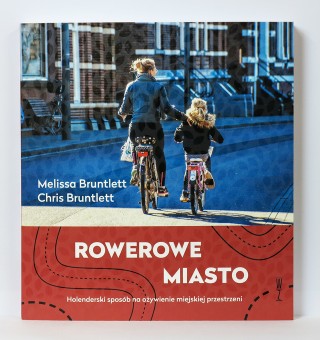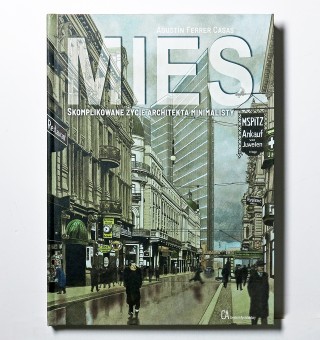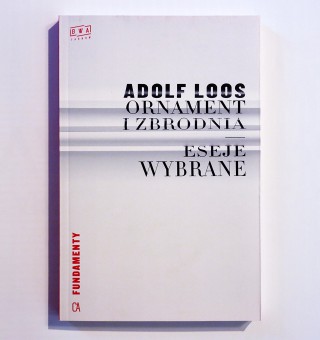
The geopolitical situation of Silesia in the first half of the 20th century had a direct impact on the development of modern architecture. A prestigious project like Max Berg’s Centennial Hall in Wroclaw could have been created because the city wanted to show that it was keeping up with its western German competitors. The ambitious expansion of Katowice in the interwar period was the result of a cultural race with German cities on the other side of the border. The construction boom attracted creative personalities such as Erich Mendelsohn, Dominikus Böhm, Tadeusz Michejda and Karol Schayer to Silesia, where architects such as Hans Poelzig and Ernst May began their careers. The author analyses the development of architecture in the light of contemporary artistic and social discourse. She reconstructs the connections of interested parties going far beyond Silesia and sets the history of the region in the context of international modernist architecture. Dr Beate Störtkuhl is an art historian at the Bundesinstitut für Kultur und Geschichte der Deutschen im östlichen Europa and an associate professor at the Carl von Ossietzky University in Oldenburg.


















































































































































































































































































































































